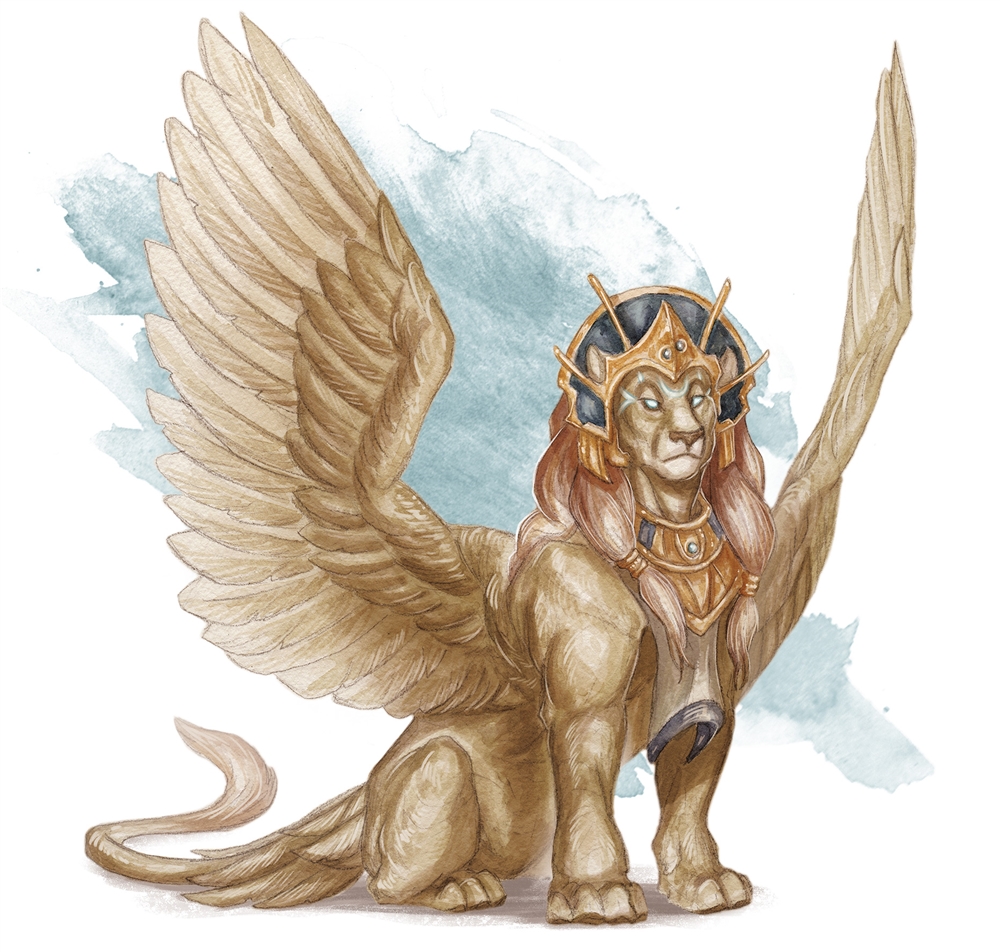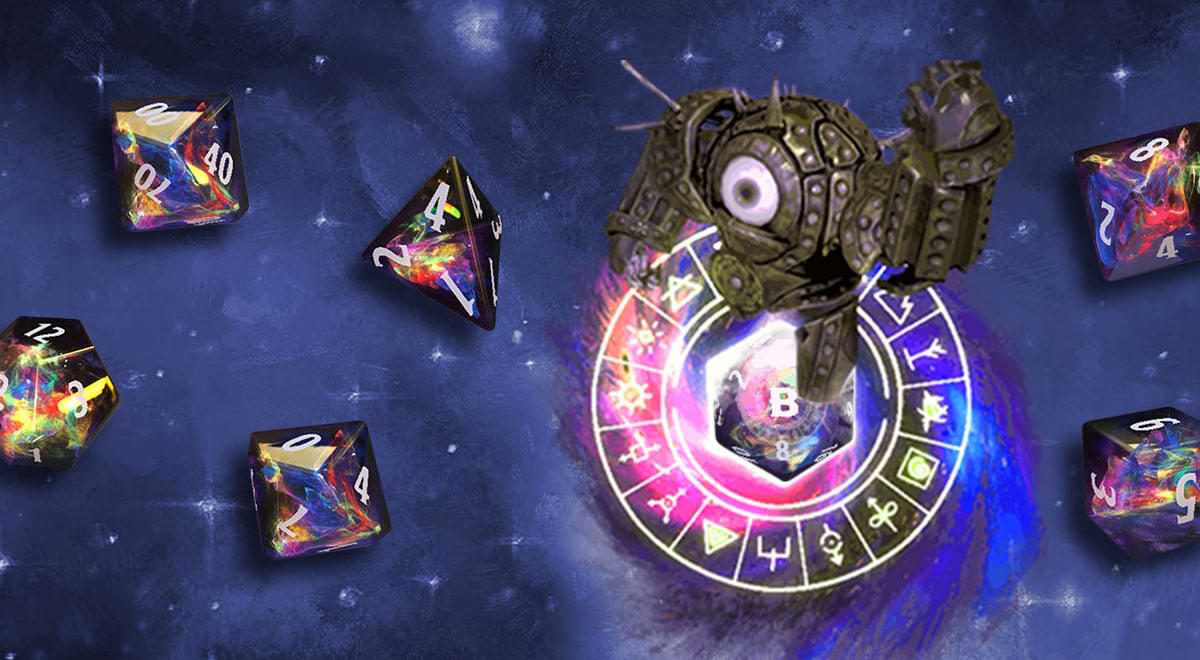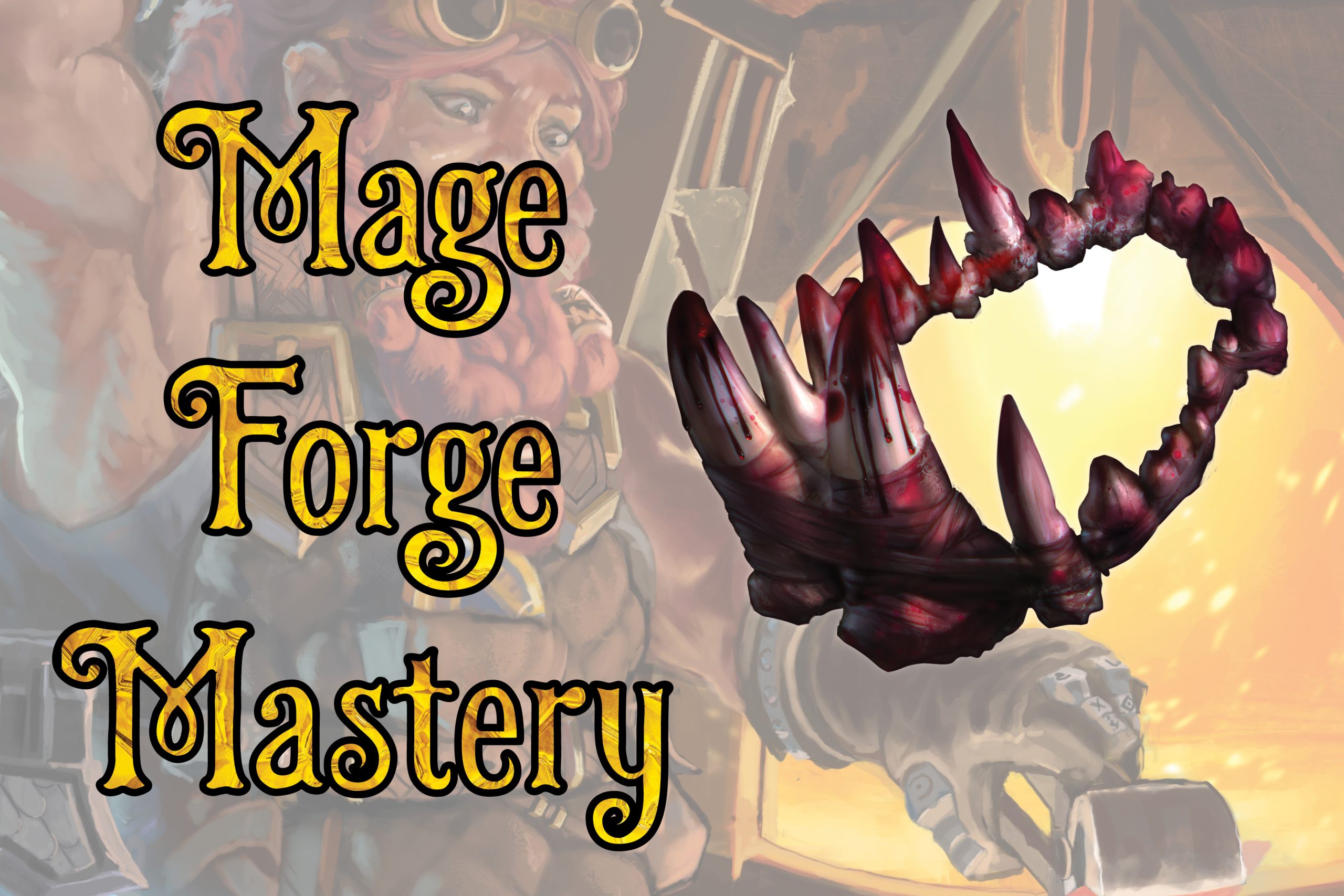
Mage Forge Mastery for 5E D&D — Charm of Dimming
We keep our ear to the ground for fresh ways to help players create better RPG experiences and one of the awesome Mage Forge backers shared a great idea. They’re excited to introduce new magic items into their campaign through the free Spirit of the Forge encounter and suggested we include plot hooks along with formulae and recipes for crafting magic items to a deeper degree than the system in the free encounter. While this is beyond the scope of the Mage Forge project itself we’ve got all of Nerdarchy.com to explore this great idea starting right here in this new Mage Forge Mastery series. Let’s get into it.
Charm of Dimming
I’m getting the ball rolling for Mage Forge Mastery with one of the charms from the collection of 250 magic items. Charms are offered as a suggestions for other rewards in the 5E D&D Dungeon Master’s Guide where they’re presented as a minor supernatural gift. Mage Forge contains a variety of charms of our own design.
Items of power infused with magical energy, charms can take a variety of forms from articles of clothing to pieces of jewelry. Charms are consumable magic items. Any creature holding or wearing the item can use an action to activate the magic of the charm. Once activated, the charm takes effect immediately and lasts until the next sunrise unless otherwise noted. The item then becomes a nonmagical object.
You can see in the thumbnail illustration the rare Charm of Dimming takes the form of a dull gray hooded cloak. Tendrils of wispy black smoke waft around the frazzled edges to belie its shadowy nature. This particular charm’s powerful effect makes a creature extremely difficult to detect by mundane means and impossible through magical ones. No warning system or alert is safe from the entity who invokes the power of this charm, which makes it the perfect tool for clandestine work.
Crafting by the book
Players can find information on crafting right in the Basic Rules and Player’s Handbook as an option for downtime activities. This only gets you so far though, but you could start from scratch and craft the cloak yourself. Basically you must be proficient with the appropriate tools — weaver’s tools in this case — plus have the necessary materials and spend one day crafting for every 5 gp of the item’s value.
Unlike earlier editions the equipment lists don’t specify individual clothing items but you can get a rough idea from the sets of clothes in the PHB, the most expensive of which are fine clothes at a 15 gp cost. It takes about five yards of material to make a cloak so canvas or cotton cloth are the quickest to work with since a cloak of either material takes but a single day to craft. Cotton or silk could take over ten days! (Astute crafters might notice it costs more in raw materials to make a single cloak than it would be to purchase an entire set of fine clothes.)
Alternatively you could follow the guidelines in Xanathar’s Guide to Everything when it comes to crafting an item, which also includes details for magic items too. In this model a crafter needs raw materials worth half the item’s selling cost, which averaging out the cost of various materials comes to about 19 gp. This method uses workweeks and puts cloak production at a little over two days.
Whether you craft a cloak yourself, buy one during the adventuring party’s next shopping trip or loot one from the corpse of any enemy the next step if enchanting it with powerful magic. XGtE incorporates this aspect into crafting as well and indicates a long term process requiring more than time, effort and materials. Magic items call for special materials along with knowledge of the crafting process by way of a formula to provide details steps characters must follow to create such a thing.
That’s where Mage Forge Mastery comes in.
Crafting by the plot
One of the concepts we keep in mind whenever designing any kind of game content is how it can lead to more engaging situations for players. Many of the magic items from the Mage Forge collection come from our own campaigns and became important aspects of the characters who carried them, a quality we hope comes through in your own games. Sometimes characters took the initiative to craft their own customized magic items while others motivated them to learn about the items’ origin and legacy. In all those cases the common factor is player driven decision making.
We created Spirit of the Forge to provide a quick and easy way for GMs to make magic items more prominent in their games with a baked in way to mitigate the potential for over abundance leading to imbalances. If you’ve got a set of 250 magic items we want you to be able to make the most of the collection!
The crafting guidelines in XGtE present the idea of magic item crafting as a pathway to adventure by suggesting the need for exotic materials along with a chart showing the challenge rating of a creature from which the material can be obtained. The book wisely points out this need not require killing the creature but rather the challenge level adventurers must overcome to gain access to the resource. According to these guidelines a CR 9-12 creature represents the appropriate challenge.
Another chart details the crafting time in workweeks and cost, both based on rarity with a note about consumable items requiring only half the indicated gold piece cost as well as needing the proper tool proficiency. There’s yet another chart with a variety of complications crafters may face along the way, which occur on a 10 percent chance for every five workweeks spent on crafting basis.
In the case of our Charm of Dimming this all translates to…
- Obtain formula
- Overcome CR 9-12 creature for access to exotic material
- Crafting requires 5 workweeks
- Crafting costs 1000 gp
- 10% chance for complication
The material in XGtE builds on the concept presented in the PHB by incorporating magic items into the mix. In contrast with 3.5 D&D’s magic item crafting system, which relied on a series of feats and put control of the process squarely in the players’ hands, in 5E D&D there’s a middle ground. The impetus for crafting a magic item lies with the player but includes the DM with the expectation of adventure required for obtaining the means and material for creation. Now we get to the heart of Mage Forge Mastery — ideas for DMs to reward players for their self-motivated enterprise.

Gynosphinxes are virtual libraries of knowledge and lore. They ask riddles and present puzzles to test the wit of supplicants that come to learn their secrets. Some are willing to bargain with such supplicants for treasure or service. [Image courtesy Wizards of the Coast]
Plot Hooks — Charm of Dimming
We’re starting this series off with a somewhat tricky magic item. Because it’s a consumable magic item a Charm of Dimming can’t present as a persistent item, which creates a hurdle for one method I love using to introduce magic items — being in the possession of NPCs who use them. Or can it?
Based on the capabilities of this magic item it would be greatly prized by anyone seeking to avoid detection by both magical and mundane means. Right away I’m thinking of a thieves’ guild, spy network or similar group with clandestine methods. With a Charm of Dimming operatives from these sorts of organizations could enjoy unprecedented benefits when it comes to covert work. Since it’s a rare magic item it would be reserved for operations of utmost importance. The guidance in XGtE supports this since overcoming a rather powerful and significant challenge is on the books for whoever creates such a magic item.
I found my answers in the Basic Rules with the gynosphinx, a CR 11 monstrosity. A big theme for these creatures involves manipulation of time and space and I like the idea a Charm of Dimming works by masking the bearer’s location in those dimensions. One of a gynosphinx’s Lair Actions allows the creature to shift itself and up to seven other creatures it can see within in its lair to another plane of existence along with returning as a bonus action. Now I’ve got a creature of appropriate challenge and a means to access to the exotic material required to create a Charm of Dimming. And because gynosphinxes are virtual libraries of knowledge and lore I’ve got all the ingredients for a great scenario.
Adventurers become embroiled in a mystery when an NPC they trust approaches them with a dire problem. Some crucial object goes missing or a vital piece of information becomes known by those who by all rights ought to have no means of knowing. The only clue is a cloak clasp engraved with a clock face. Magical scrutiny reveals residual traces of abjuration magic. Through investigation the party discovers its origin — a secretive organization I’ll call The Watch.
The Watch function as divine guardians of a sort and keep tabs on those who seek the treasures of the gods, whether forgotten secrets or mighty spells, artifacts or magical gateways. They do so under the auspices of a gynosphinx whose eyes see beyond the present time and place and penetrate veils of invisibility and magic in order to direct her operatives towards potentially problematic activities. The most trusted and accomplished operatives are given an opportunity to face the gynosphinx’s challenge and if they’re successful they’re rewarded with the means to create a single Charm of Dimming.
Overcoming whatever riddle or puzzle the gynosphinx poses to these operatives is only the first step. Next the creature shifts itself and the operative to Mechanus, the plane of absolute law. The goal here is obtaining a special clockwork gear necessary for creating a Charm of Dimming. Since Mechanus is a realm of interlocking clockwork gears turning in perfect measure and The Watch seeks to maintain divine order I’m thinking this gear is special because it’s out of place, sort of imitating the problem on the Material Plane for which the operative needs the Charm of Dimming to correct.
How these elements play out in your games is up to you and your group. What we hope to get across with this Mage Forge Mastery series is how a single magic item can inspire a tremendous amount of storytelling and adventure potential and most importantly how these things evoke player driven action. In this case solving the mystery posed by the NPC does not require adventurers to discover how a Charm of Dimming is created. Instead this knowledge functions as a reward for characters’ deeper curiosity. The party might wind up solving the mystery and putting the kibosh on The Watch’s activities without ever learning more about this powerful magic item’s creation process. But even in this case you’ve introduced some compelling circumstances into your campaign.
- Secret organization led by a gynosphinx with a divine mission
- Powerful consumable magic item
- Possibility for extraplanar travel
- Potential for crafting a magic item through deeper engagement with the world
Hopefully I’ve given you some intriguing ideas to play with in your own 5E D&D experiences. Since this is the first post in the Mage Forge Mastery series we haven’t put the polish on the format just yet so let us know if this sort of stuff is useful for you, what else you’d like to see in these posts and whatever other feedback or takeaways you’ve got to share.
You can find our Spirit of the Forge encounter including a sentient artifact, forge geist monster and magic item crafting procedures right here and the Mage Forge project that inspired it with 250 magic items to your game right here. And until next time, stay nerdy!
*Featured image — Mage Forge Mastery explores ideas and concepts for discovering and crafting magic items you can drop right into your 5E D&D games. You can find all these posts through the Mage Forge Mastery category on the website here.







Pingback: D&D Ideas — Recaps – Nerdarchy
October 14, 2023 at 2:17 pm